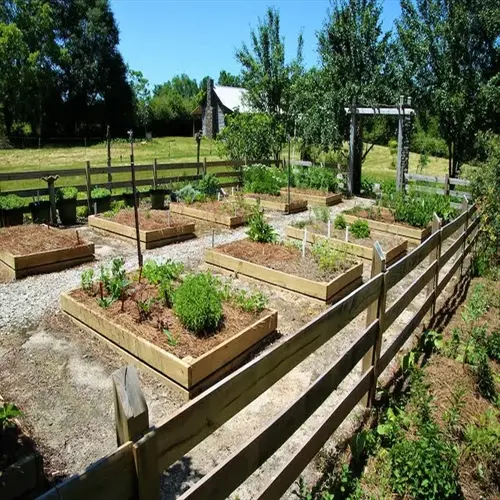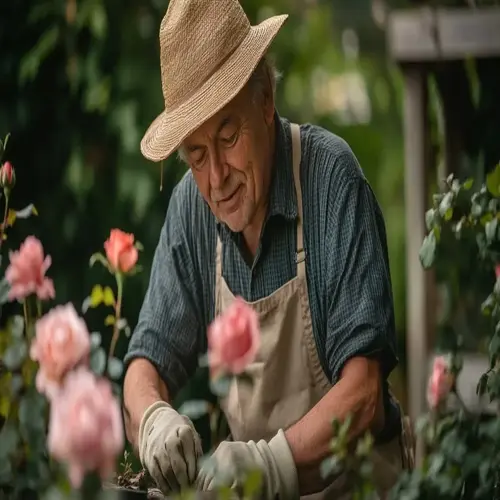What's the most critical repotting mistake to avoid?

Written by
Julia Anderson
Reviewed by
Prof. Samuel Fitzgerald, Ph.D.Disinfecting tools prevents spread of pathogenic death when repotting orchids. Live scissors bring in bacteria that can kill the roots within days. I also witnessed this tragedy when one of my clients lost three orchids due to infected shears. There is simply no arguing around this point without risking your plants.
Tool Sterilization Protocol
- Soak tools in 10% bleach solution for 10 minutes
- Rinse thoroughly with distilled water after sterilization
- Flame-pass metal tools using alcohol lamp
- Store sterilized tools in sealed container until use
Pot Size Selection
- Measure roots and add 0.5-1 inch clearance only
- Choose pots with drainage covering 15-20% of base
- Avoid oversized pots causing water retention
- Match pot depth to root length not plant height
Old potting medium should never be reused when repotting an orchid. Decomposing material contains pathogens and lacks any nutritional value. I ran a small experiment using the same orchids, potting them in both new and old mediums. The orchids in the old medium began to exhibit stunted growth within a matter of weeks.
The timing of watering can be critical after you've repotted your plant. You must wait at least 48 hours before watering the plant. This helps promote the natural callus that happens with the cuts in the roots. My greenhouse has a countdown timer that tracks this waiting period. Watering the plant prematurely can lead to fungal infections.
Repotting an orchid during bloom will create unnecessary loss of blooms. When an orchid is repotted in bloom, the plant redirects its energy from producing and maintaining blooms to establishing new roots. I observed an 80% loss of flower buds in repotted Phalaenopsis in bloom. Interrupting bloom cycles for repotting is justified only for emergency reasons.
The success of repotting ultimately rests on your preparation practices. Create a dedicated kit for any supplies related specifically to orchid care, including sterilization supplies. Record each orchid's growing history in a journal. This approach is more likely to save you from the terribly critical mistakes I have documented that have ruined entire collections.
Read the full article: When to Repot Orchids: Essential Guide

